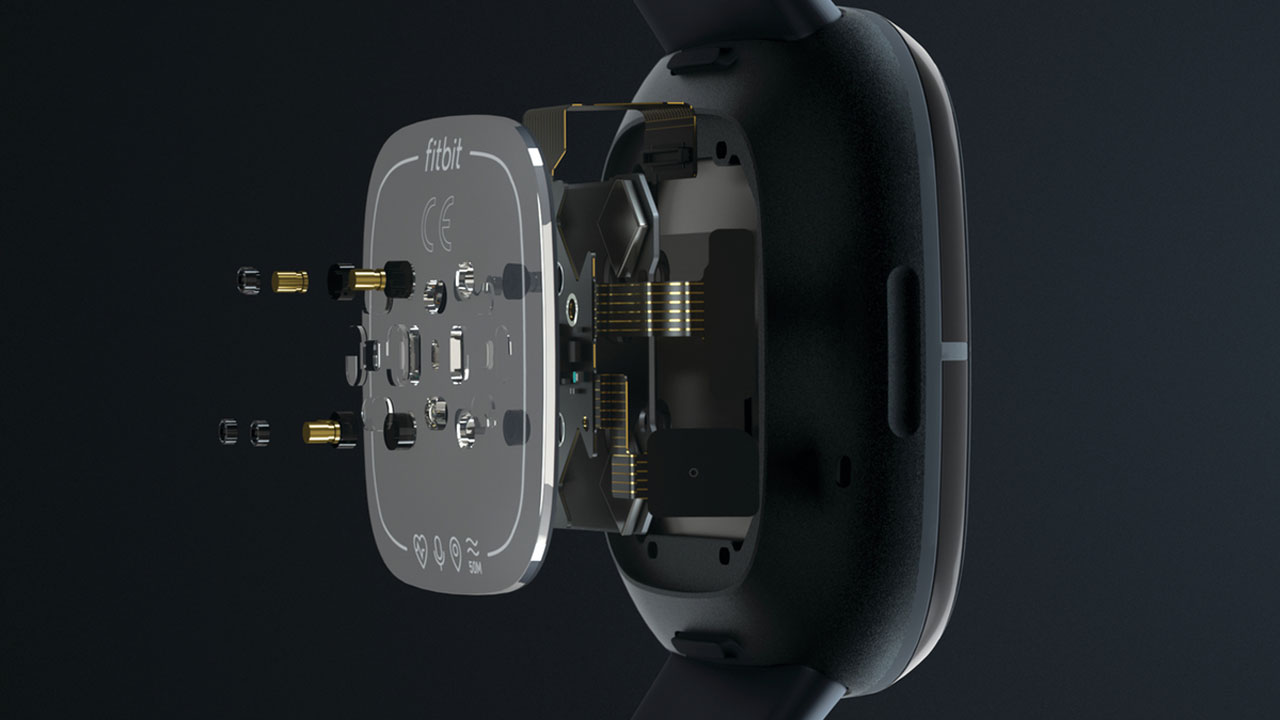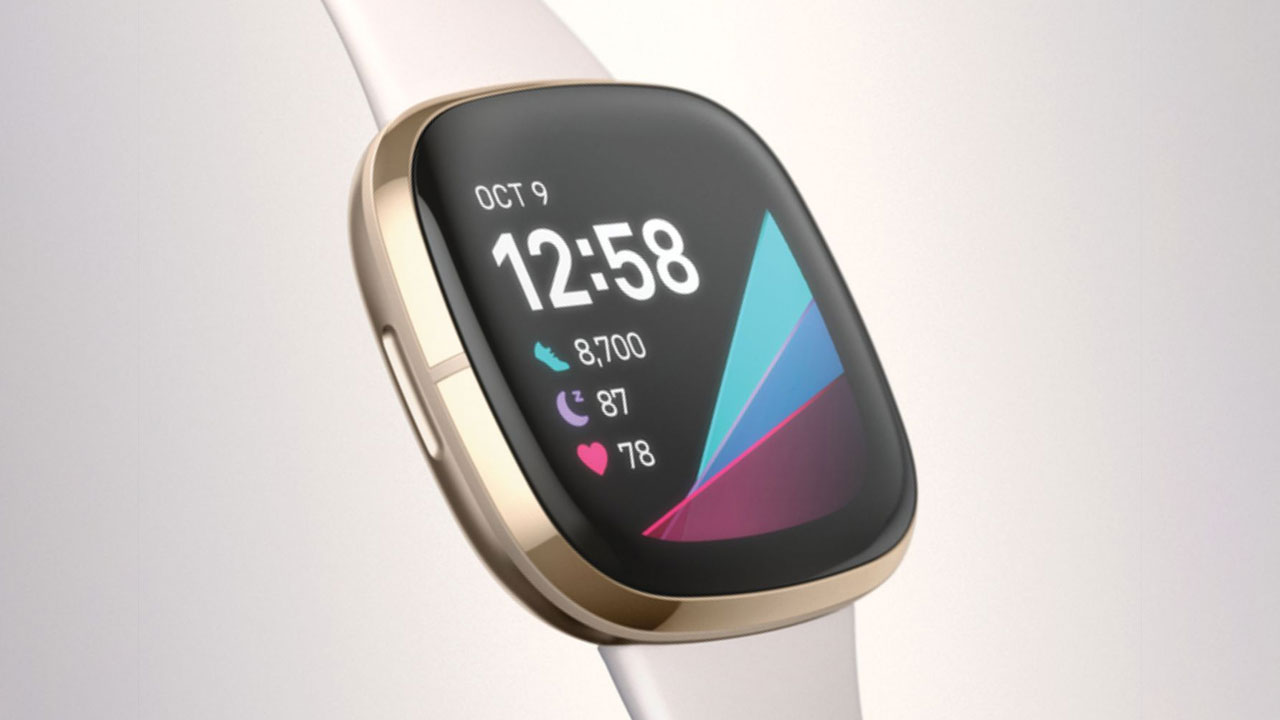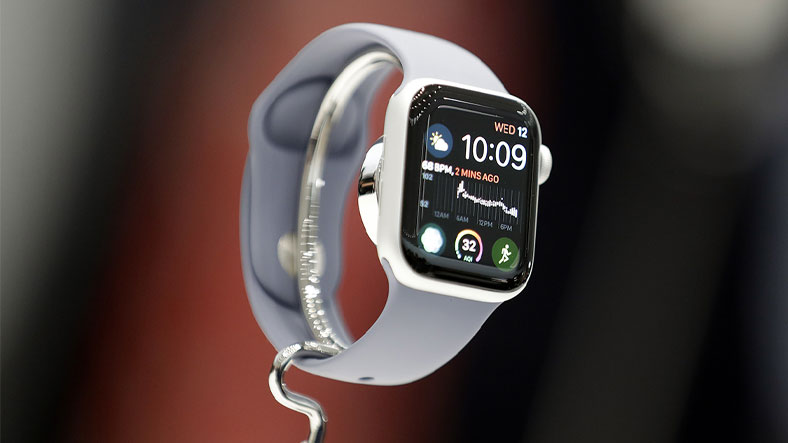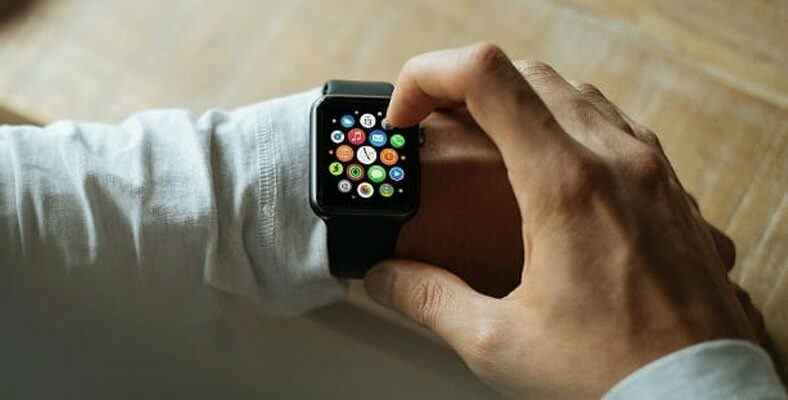Every smart device with pedometer feature; It calculates for us how many steps we take during the day, how many floors we climb, and how many calories we burn while doing them. Let’s take a look at how they do it.
Today, we use smartphones and smart devices for many purposes during the day. These devices, which are included in our lives and even change our way of life, contain many features. One of them is the pedometer feature. Any smartphone or wearable smart device; The user needs to specify physiological details such as weight, height, gender. This personalization is created by the device to data processing It helps.
In fact, pedometers have been used for a very long time. Pedometers, which were first used by cartographers for direction finding in the 1600s, have completely changed their function today. It is not known exactly who invented these devices, which have been on earth for such a long time. One of the scientists among the rumors that he may have invented the pedometer Leonardo da Vinci.
How do smart watches count steps?
Smartphones and wearable technological devices can track the body’s movements in all directions. A 3-axis accelerometer constantly perceive. Data is always saved while the device is operating and being used by the user; this allows users to track whether they are walking, running fast or standing still. Devices save all this data for processing. The devices also work through a personalized algorithm, as it previously collects information about the user. Thus, we can access information such as how many calories we burned while walking or running or how many floors we climbed.
Devices generate more information based on these details, as they also classify movements by type. As an example of this information, it will change from device to device, while the user is walking. average heart rate, oxygen level in the blood and we can give the tempo of the user. Today, the altimeter, with which you can calculate your height, the height of the mountains you climb, or even the number of stairs you go up and down during the day, is also in most smart watches and wristbands.
The engineering behind a single step counted (in its simplest form):

Military grade accelerometers are used in most smartwatches/wristbands and phones. The data coming to these accelerometers calculates the motion forces of the user. The calculated power is then converted to MET. Metabolic Equivalent is converted to a named parameter.
Transformer, the unit called MET is customized according to the person’s characteristics such as height, weight and gender. Thus, it becomes easier to find the number of steps over the MET value. The equation for the accelerometer is very simple. When you generate the required MET for a step, your pedometer counts 1 step for you. The collected data is then translated into steps and activity, and from these, calories and sleep quality, but some guesswork is made along the way.
The devices we use today work much smoother and more stable than the pedometer called pedometer used in the past.
Thanks to pedometer sensors, smart wristbands process a lot of information:

The pedometer feature on smart wristbands and watches is mainly used for fitness purposes. For this reason, it helps you monitor your smart device’s activities. Smart wristbands and watches are regular your exercise activity goal reach you a certain number of times during the day. to burn calories and even as much as you determine and your body needs. drinking water It also helps in setting goals.
Smart device users who want to lose weight, when they enter this information on their device, smart wristbands, watches and phones can burn the person during the day. gives the message of consuming less calories and calculates the amount of exercise required during the day. People can be motivated by the data recorded by the device while reaching the goals they set.
Smart watches also contribute to scientific research:

With smart watches and wristbands, which are used by individuals and have access to most of their own information, users can also help research studies conducted on large numbers of people. In an experiment or research, while a large number of people cannot be accommodated in the area where the experiment is conducted, people using smart watches and wristbands With this data, researchers have the opportunity to examine the data collected for a much larger target group.
Although the sensors inside them are not 100% reliable, the data of people using smart watch and wristband devices can be used for research. large amount of data can facilitate collection. Smart watches and wristbands have the potential to revolutionize the conduct of advanced scientific conditioning studies.
RELATED NEWS
